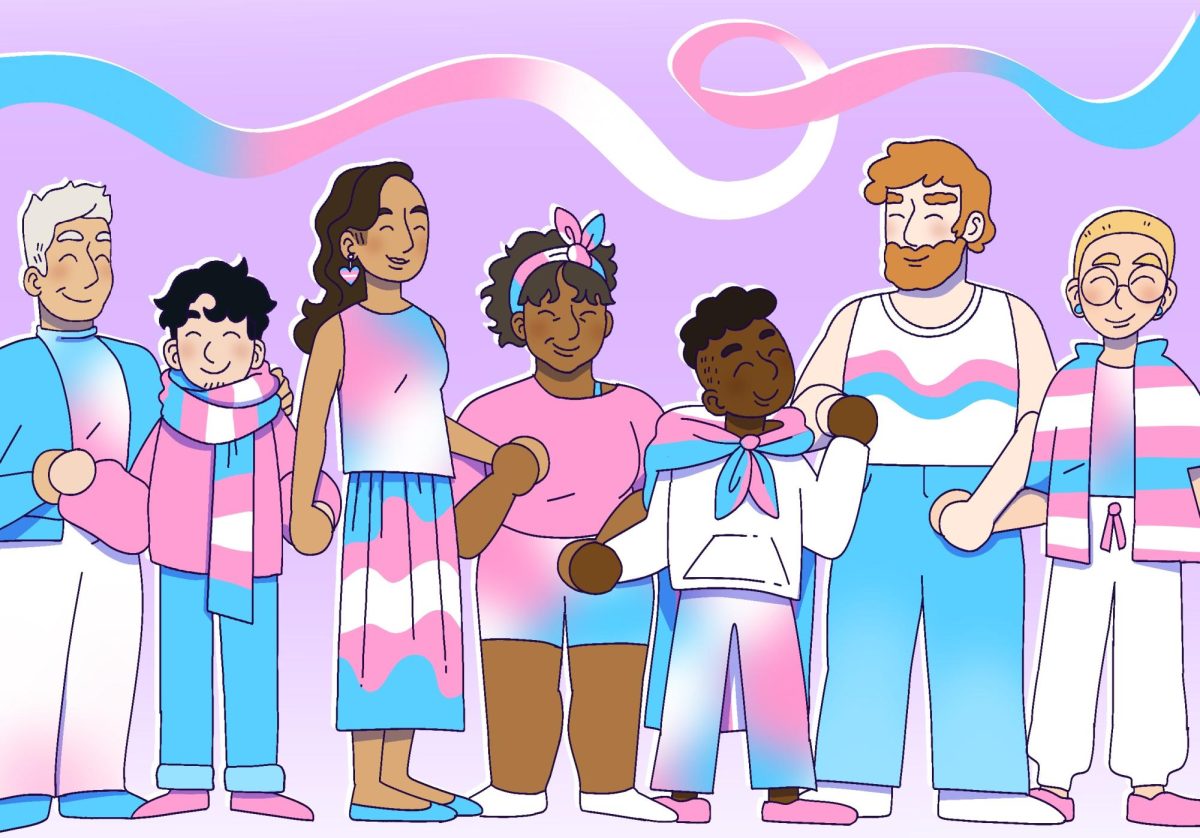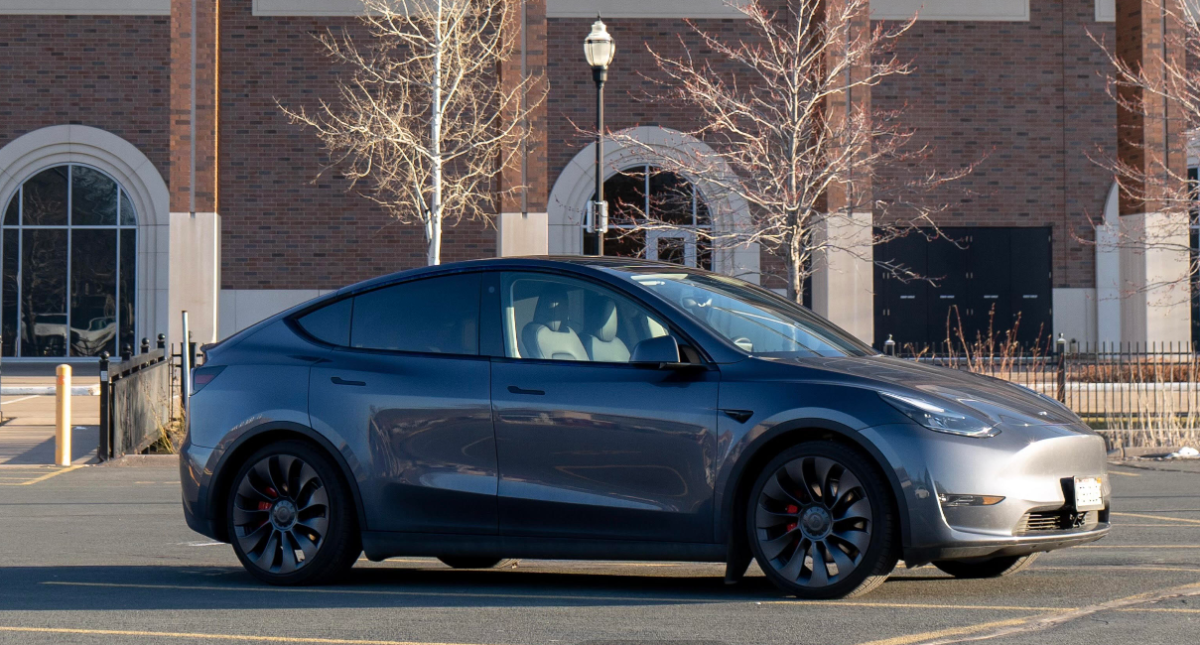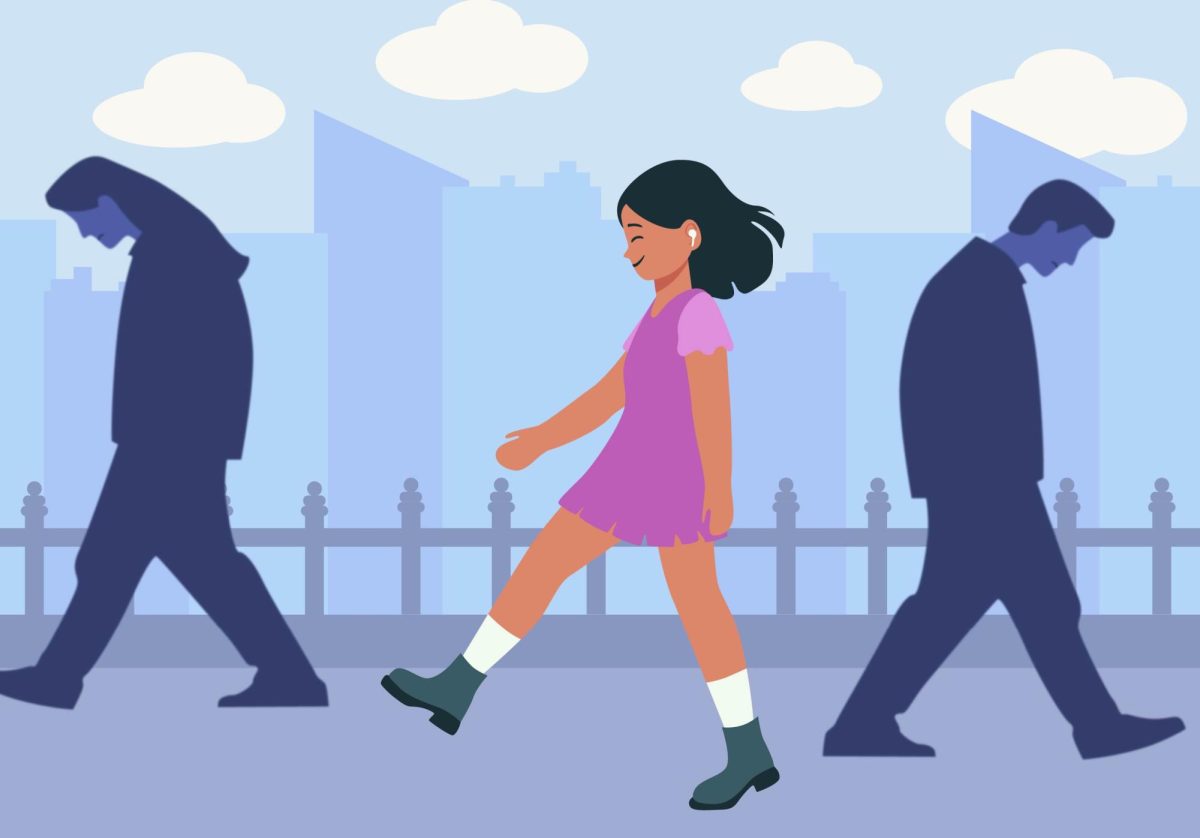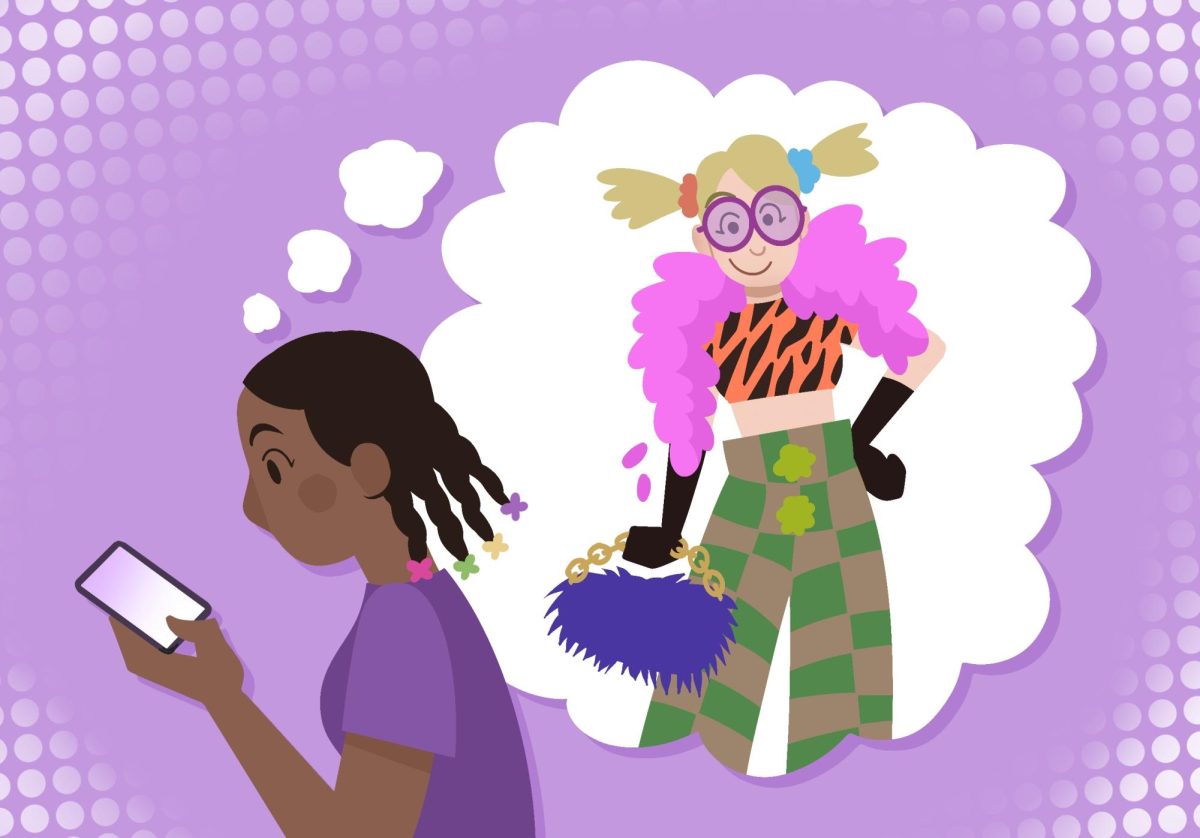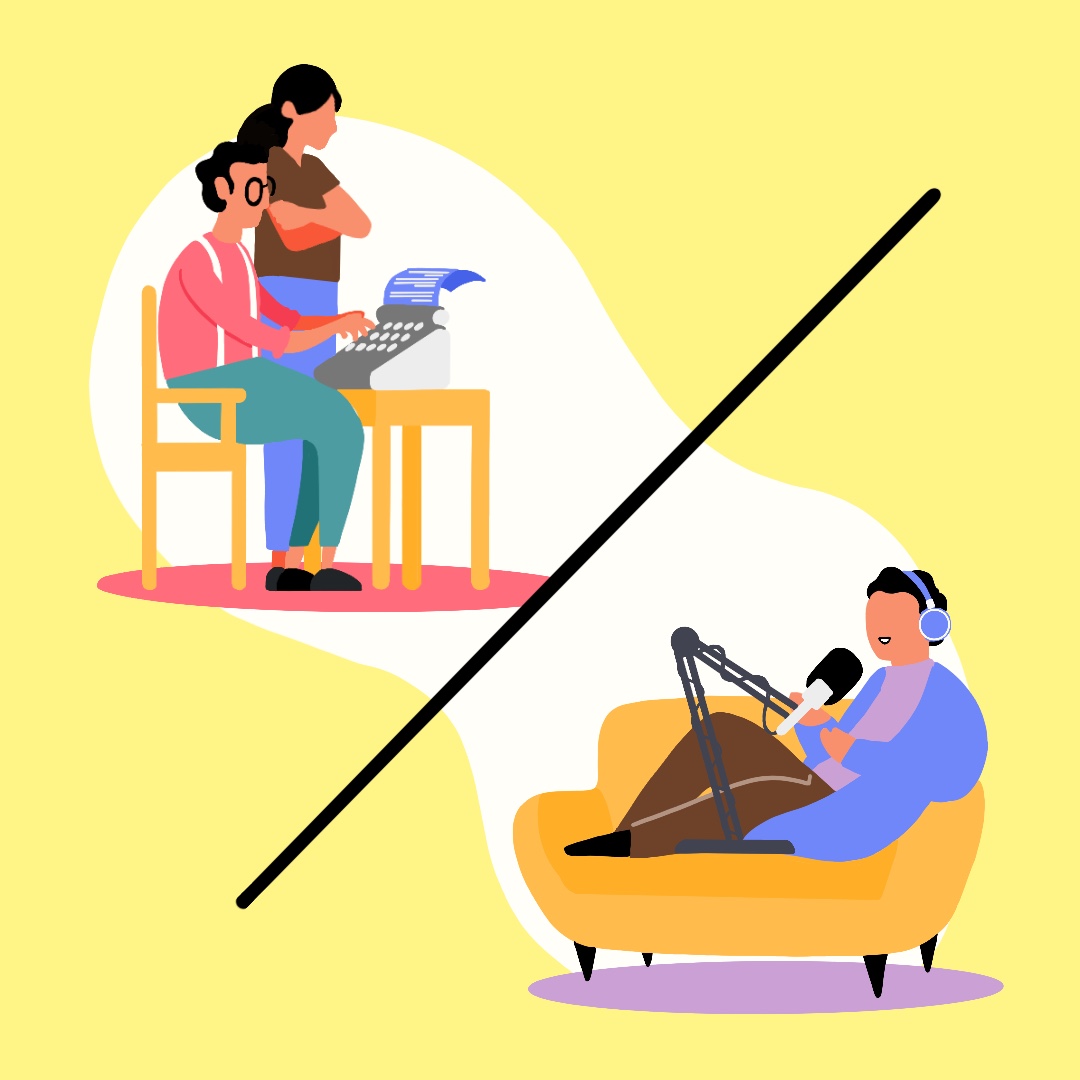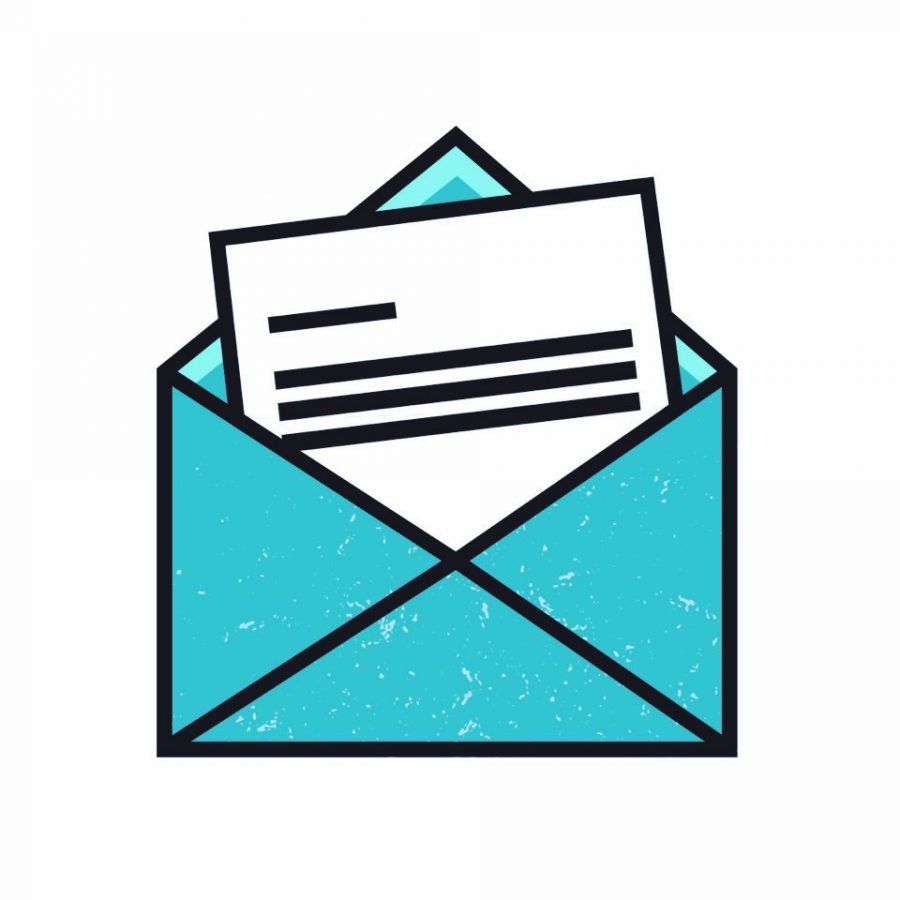I’ve always lived in a big city and always been pro-human rights, but this Sunday was the first pride parade I managed to get to. High school and college are when most of us begin to grasp the gravity of the meaning of Pride parades — these periods are a formative time for us all. We’re branching out from our families and figuring out who we are organically. For the gay community, as opposed to the straight, there’s a lot more to this than meets the eye, at least for those of us who don’t have to go through it, especially in the early days before the independence of college. LGBTQ kids enter a world where they’re not the default, and it’s harder to break through that than it is to convince your mom that you don’t want flute lessons anymore.
But now that we’re older and, if we’re lucky, have a stronger grasp on who we are, Pride parades are no longer solely for cementing the presence of the LGBTQ community. They’re also a vehicle for allies. There is power in numbers.
“That’s one of the reasons why this parade is so big,” said Kevin Miller, a civil engineer and my mentor and friend. “This is not just gay people. This is people who support us, and just want to have a fun time and celebrate life.”
And that they did. The Twin Cities Pride Festival is one of the biggest free Pride events in the nation, with between 300,000 and 400,000 attendees at Loring Park. For many of us, there’s nothing particularly surprising about this kind of turnout, but if you step back from a populous and diverse city, support on this scale really does say a lot. Just consider those who grew up totally alien to it.
Kevin boiled down how to bridge the divide:
“I’ve learned that you need to learn where someone is in life, as a person. There are trillions of brain synapses that make people think about people who are gay. So if people you’ve met were raised somewhere else, and all they know — all they’ve been taught — is that gays are bad. Strong-arming them just isn’t the way. You need to have compassion for those people, and you need to connect on similar grounds.”
We must remember that the leaders of the LGBTQ movement are the leaders of the rest of us, too. Any kind of civic figurehead — Martin Luther King, Jr., Mahatma Gandhi, Cesar Chavez — weren’t only examples to their own demographics, but to all other involved as well. And for the rest of us allies: our support is meaningful, when we unconditionally live it out every day.




